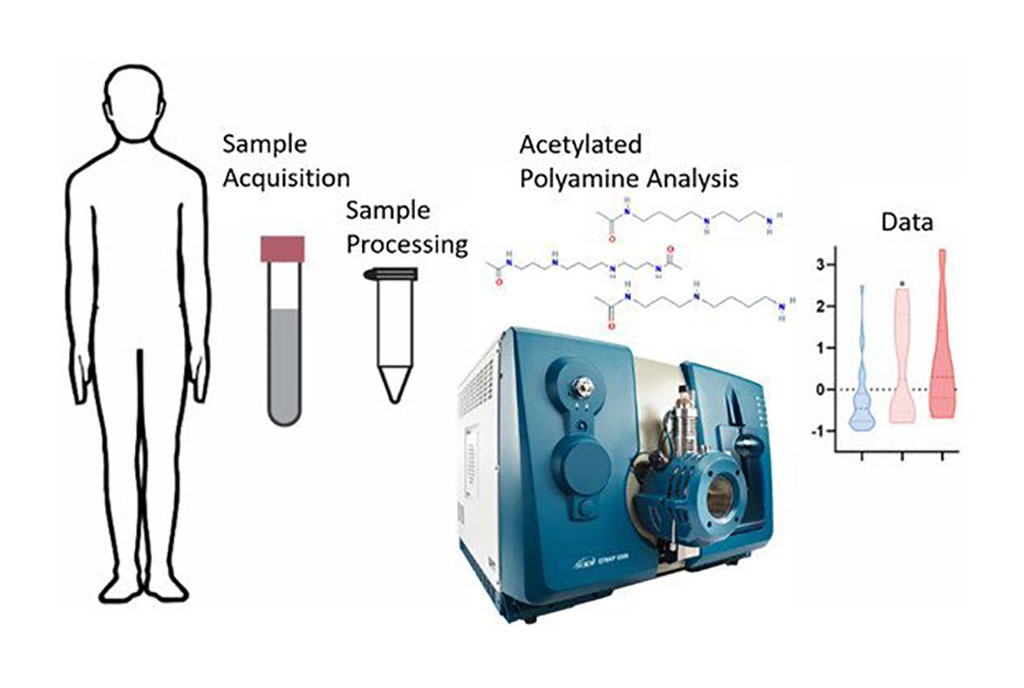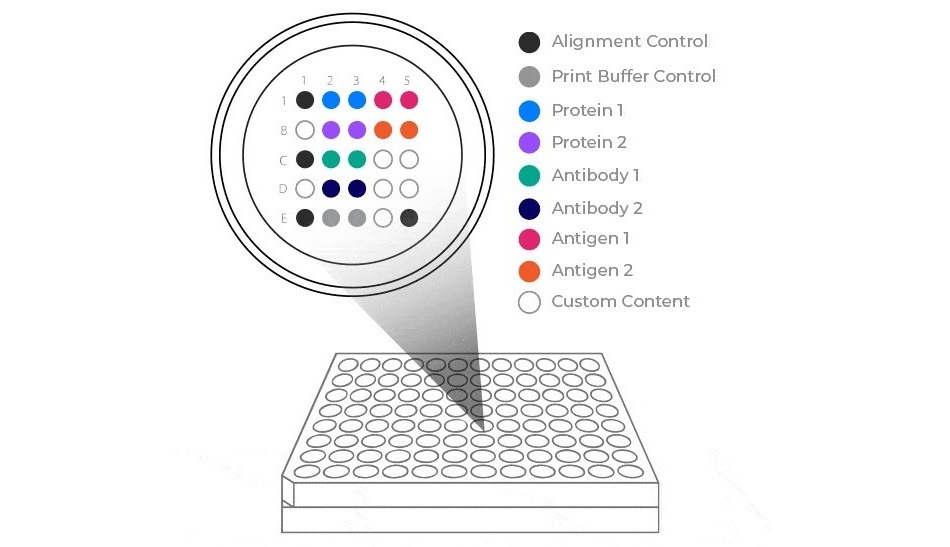Elevated Polyamine Levels in Urine and Saliva May Be Diagnostic for Head and Neck Cancer
Posted on 29 Jun 2022
Measurement of levels of polyamine-based metabolite biomarkers in saliva and urine may be a simple, non-invasive method for the diagnosis of head and neck cancer (HNC).
Head and neck cancer (HNC) is the seventh most common cause of cancer-related death, and accounts for approximately 6% of all cancer cases globally. There are over 800,000 new cases and over 400,000 deaths from HNC annually. Effective treatment of HNC patients is facilitated by early detection, and appropriate therapeutic interventions for each stage of cancer. Unfortunately and commonly, HNC is not clinically detected until a patient presents with symptoms associated with later stage primary disease or when lymphatic metastases are palpable. Some reports suggest that only 30% of HNC cases are diagnosed at an early stage, while approximately 66% of patients present with advanced stage III or IV tumors at the time of diagnosis. Thus, novel, non-invasive diagnostic biomarkers that facilitate early intervention in head and neck cancer are urgently needed.

The metabolome is the complete set of metabolites within a cell, tissue, or biological sample at any given time point. The metabolome can provide important insight into the physiological behavior of numerous diseases. Evaluation of endogenous metabolites such as nucleic acids, amino acids, peptides, organic acids, thiols, and carbohydrates represents a valuable tool for the identification of biomarkers for multiple diseases, providing prognostic and disease monitoring insights.
Polyamines, which include spermidine, spermine, and putrescine, are polycationic alkylamines that are metabolites present in mammalian cells at millimolar concentrations. These molecules are involved in many critical processes such as cell proliferation, nucleic acid synthesis, and cyto-protection from oxidative stress. A growing body of work has established that polyamine metabolism is frequently dysregulated in cancer. Several published reports have determined that elevated polyamine levels are essential for tumor progression. Furthermore, polyamine metabolites have been observed to be elevated in numerous cancer types and correlated with poor prognosis.
In a recent study, investigators at the University of California, Davis (USA) determined the concentration of polyamines in saliva and urine samples from HNC patients, compared to healthy controls. They did this by performing targeted metabolomic analysis on saliva and urine from 39 HNC patient samples and compared to 89 healthy controls using a quantitative, targeted liquid chromatography mass spectrometry approach.
Results revealed that the metabolites N1-acetylspermine (ASP), N8-acetylspermidine (ASD), and N1,N12-diacetylspermine (DAS) were detected in significantly elevated concentrations in the urine of HNC patients as compared to healthy controls. Only ASP was detected at elevated levels in HNC saliva as compared to healthy controls.
"Around two-thirds of patients are with advanced stage III or IV tumors at the time of diagnosis," said senior author Dr. Andrew C Birkeland, assistant professor of otolaryngology at the University of California, Davis. "We are always looking for better ways to detect cancer early and catch signs of possible recurrence after treatment. To our knowledge, this is the first study to identify elevated levels of ASP, ASD, and DAS polyamines in saliva and urine samples of HNC patients. We hope science will advance to make testing for head and neck cancer as simple and accessible as an at-home pregnancy test."
The study was published in the March 24, 2022, issue of the journal Diagnostics.
Related Links:
University of California, Davis













